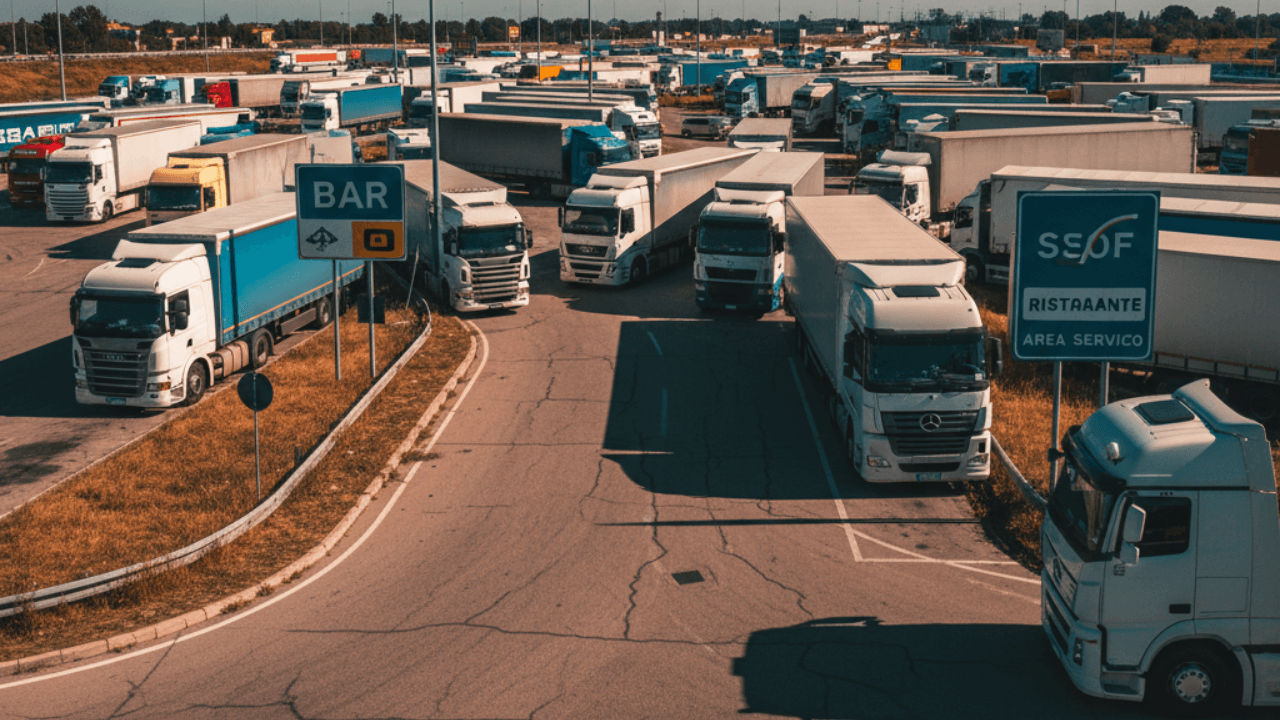
Driver psychology: The hidden reasons for risk on the road

Despite successes, we still grapple with a poor driving culture among Polish drivers.
"The main sins of Polish drivers remain unchanged: excessive speed, distraction from phones, alcohol, and rising road aggression. Despite harsher penalties, these behavioral issues continue to cause thousands of tragedies," said Inspector Leszek Jankowski (Head of Department, Traffic Police Bureau of the National Police Headquarters) at a conference hosted by CUPT and ITS.
"The fight against negative behaviors on the road is a marathon, not a sprint. Thanks to many years of consistent effort, we have successfully built social intolerance for drunk driving. Now, we must apply the same mechanism to combat speeding," stated Konrad Romik (Secretary of the National Road Safety Council).
In this article, we will delve into the driver's mind to understand why speed is so tempting and why a phone in hand seems harmless. We are beginning a journey that will forever change how you see what happens on the road.
The illusion of control: Why you fear flying but not speeding at 140 km/h
Have you ever wondered why many of us feel anxious about boarding an airplane, even though it is statistically the safest mode of transport, yet we press the accelerator to the floor on the motorway without hesitation? The answer lies in one of our mind's most powerful mechanisms: the need for control.
On a plane, we are passengers—our lives are in the hands of the pilot and the technology. In a car, we are the ones holding the steering wheel. This illusory feeling of control makes us willing to take far greater risks.
As Dr. Ewa Odachowska-Rogalska from the Motor Transport Institute explained during the "Psychology of Mobility" conference, it is precisely this need for control and autonomy that often overrides a rational assessment of safety.
"A key factor influencing our choices is the psychological need for control and autonomy. This is why many people are afraid of flying, even though statistics show it is safer than driving a car," said Dr. Ewa Odachowska-Rogalska (psychologist, Motor Transport Institute).
What's on your mind when your foot fets heavier?
This phenomenon explains not only our tendency for risk-taking but also our attachment to the car as a symbol of freedom and independence, which makes switching to public transport more difficult.
Key psychological factors influencing transport choices:
-
Sense of Control and Autonomy: It gives us an illusion of safety, even when statistics suggest otherwise.
-
Social Status and Identity: A car, especially for young drivers, is often seen as a symbol of adulthood and success.
-
Physical and Emotional Comfort: We choose options that seem most convenient and least stressful at the moment.
UX on the Road? The mental shortcuts that pave the way to disaster
Our brain cannot analyze every decision from scratch, so it uses simplified mental models known as heuristics. They help us function quickly, but on the road, they often lead to tragic mistakes.
One of the most dangerous is the availability heuristic, which leads us to judge the probability of an event based on how easily we can recall an example of it. If a train crash is widely reported in the media, we might start seeing trains as more dangerous, ignoring the everyday risks on the road.
Other dangerous mental shortcuts include:
-
The Routine Heuristic: "I drive this way every day; nothing will happen if I go a bit faster." It is routine that dulls our alertness and leads to overestimating our own abilities.
-
Optimism Bias: "Accidents happen to other people, not me." This belief is one of the main reasons why drivers knowingly break the law.
As Inspector Leszek Jankowski from the National Police Headquarters emphasized, it is excessive speed, resulting from a flawed risk assessment, that is the leading cause of fatal accidents. Drivers don't intend to harm anyone; they genuinely believe they are in control of the situation.
The Social factor: The back seat is the first driving school, and the road is a battlefield
Our behavior on the road doesn't come from nowhere. It is deeply rooted in social norms and patterns we absorb from a young age. As was aptly noted at the conference, "the first school of road traffic is the back seat of a car." A child who hears a parent aggressively comment on other drivers' skills learns that the road is a place for competition, not cooperation.
Aggression and Peer Pressure
The phenomenon of road rage is on the rise. The "Stop Road Aggression" inbox created by the police receives tens of thousands of reports annually, illustrating the scale of the problem. This is a result not only of frustration but also of a social acceptance of "fighting for your own" on the road.
At the same time, we see how powerful a tool social pressure can be when directed positively. Konrad Romik, Secretary of the National Road Safety Council, pointed out that years of public campaigns have led to a massive shift in the perception of driving under the influence. Once treated lightly, it now meets with zero social tolerance.
Steps toward a safer tomorrow
Since we know the psychological roots of the problem, we also know how to counteract it. Change won't happen on its own—it requires an integrated, multi-level approach that targets these mechanisms directly.
Can we reprogram the Driver's mind?
-
Targeted Education (For the Mind): Instead of using fear, we need to explain. EU-funded campaigns that use language and authorities appealing to specific risk groups, like young drivers, are more effective. The goal is to show that the five minutes "saved" by driving faster are not worth the risk of losing a life.
-
Changing Social Norms (For the Heart): Just as we succeeded with alcohol, we must build social intolerance for excessive speed and aggression. Promoting pro-social attitudes and mutual respect on the road is key.
-
Smart Infrastructure and Technology (For Habits): Modern roads and in-vehicle systems can "forgive" mistakes and correct risky behaviors. However, as was rightly pointed out, technology is only effective if the driver is willing to use it or is compelled to do so.
"The effectiveness of the interface in an automated vehicle is crucial for safety. Our research has shown that combining several stimuli—visual, auditory, and vibrational—can cut a driver's reaction time by up to half in a critical situation of regaining control," said Aleksandra Rodak, MSc. Eng. (Motor Transport Institute), during the conference.
"Relying on a user manual to learn advanced car systems is not enough. Our studies have unequivocally proven that the most effective method is practical training on a simulator or a track—only then does a driver build real competence," stated Małgorzata Pełka, PhD. Eng. (Motor Transport Institute).
Safety begins between the ears
Ultimately, the key to safer roads lies not just in new asphalt or another speed camera but in understanding what goes on inside the human mind. Driver psychology is a complex mix of the need for control, mental shortcuts, and social pressure.
"The most difficult stage in implementing new habits is not the decision to change but sustaining it, especially when discomfort arises, like bad weather for a cyclist. The key is to automate the new behavior," said Dr. Ewa Odachowska-Rogalska (psychologist, Motor Transport Institute).
Only when we become aware of these mechanisms and start working on them—through smart education, building positive norms, and supporting technology that helps rather than distracts—do we stand a chance for real change. Because the most effective safety system is the one built into our own minds.
Article based on the conclusions of experts speaking at the conference "Psychology of mobility, shaping future transport behaviors," organized by the Centre for EU Transport Projects (CUPT) and the Motor Transport Institute (ITS).
Main graphic source: Google, Imagen AI Generated.